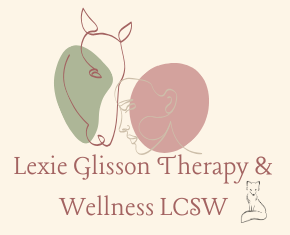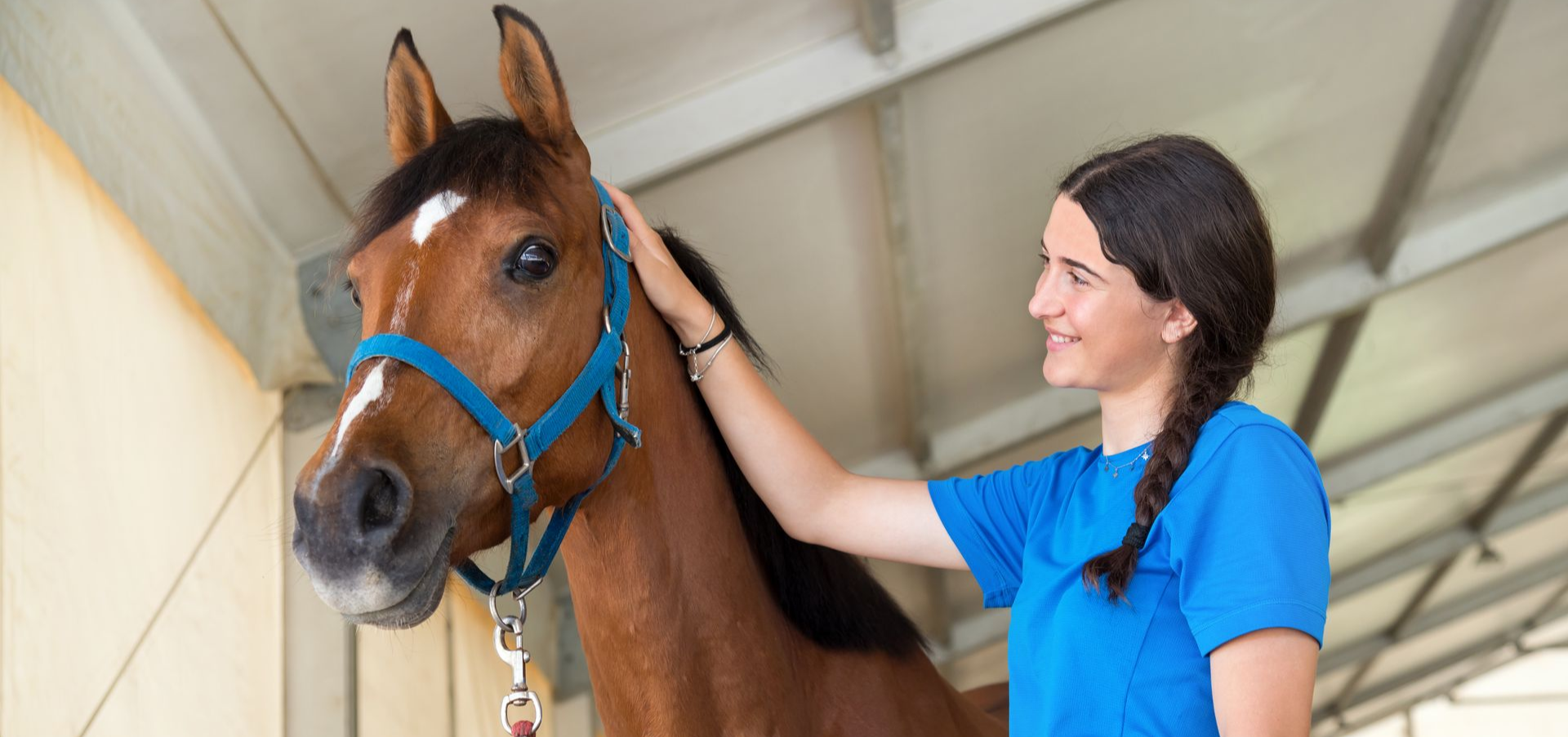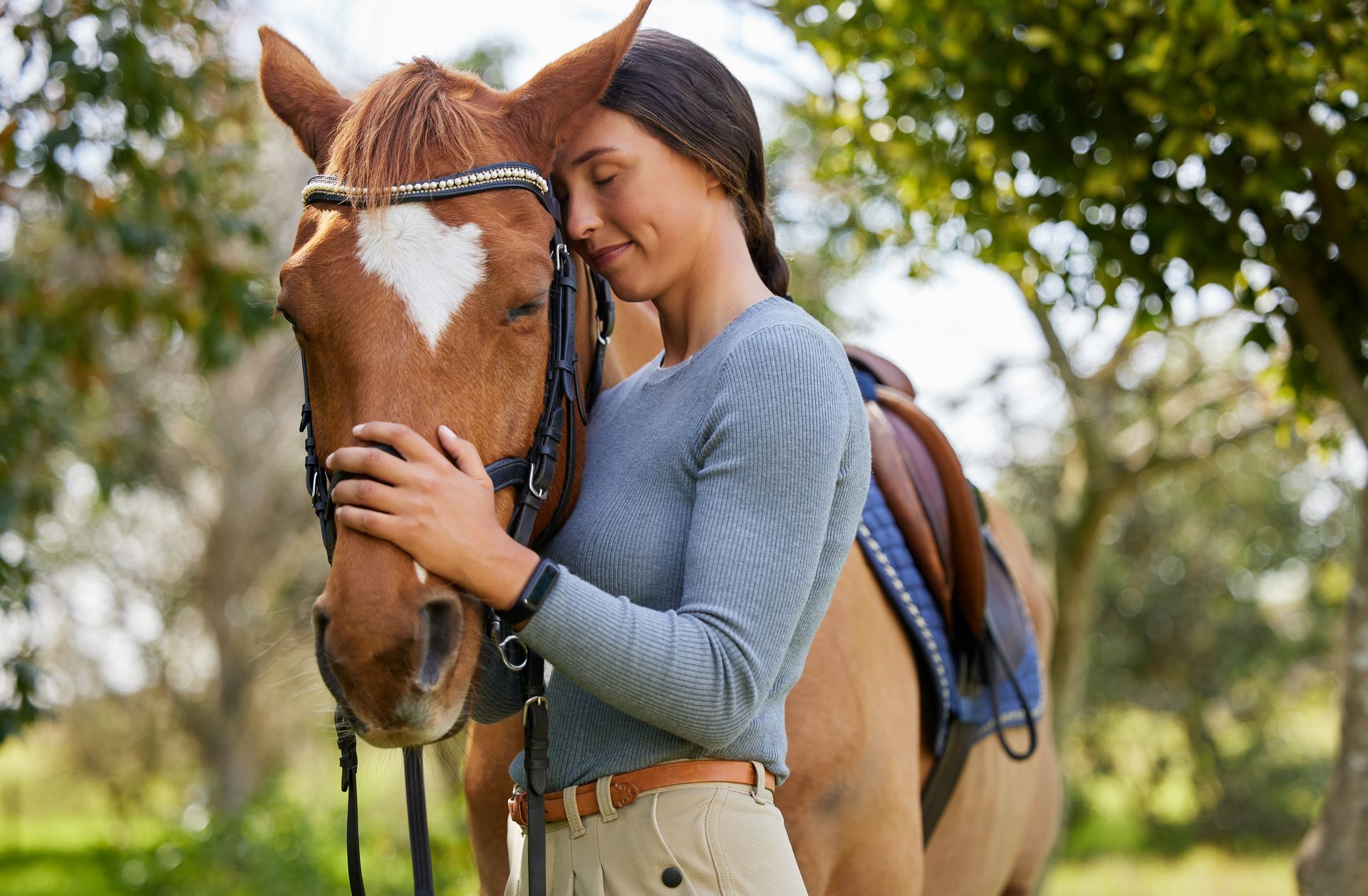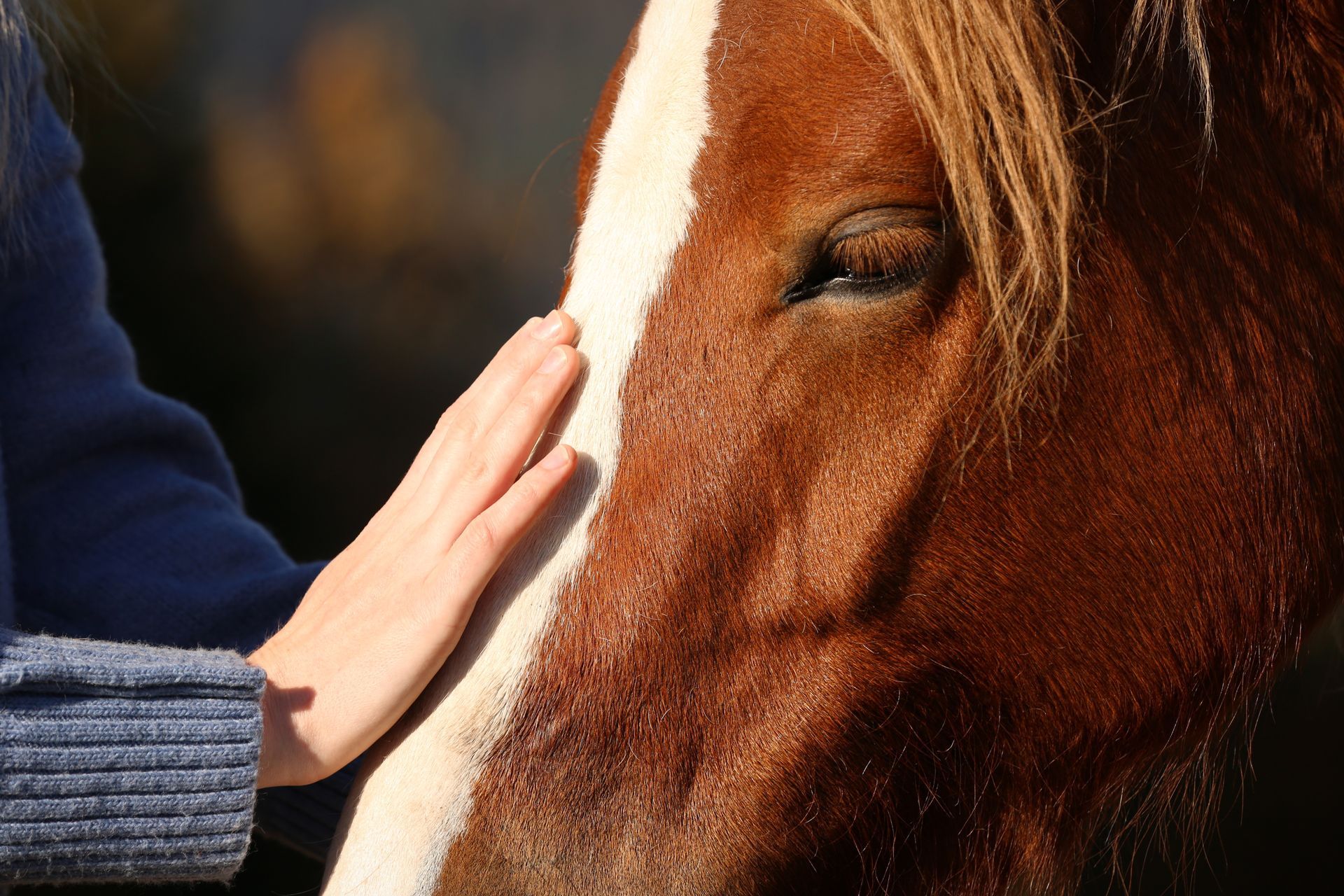You've done all the research, made the pros and cons lists, and logically analyzed every angle. On paper, the decision is clear—take the job, move to the new city, end the relationship, choose the graduate program. Your mind has decided. But something in your body feels off. Your stomach churns when you think about it. Your chest feels tight. Your shoulders tense up. Your mind says "yes," but your body whispers "no."
This is one of the most confusing experiences in decision-making: when your rational mind and your somatic wisdom are in conflict. As a therapist who specializes in somatic approaches and works with horses—masters of body-based decision-making—I've learned that these internal conflicts aren't obstacles to overcome, but valuable information to integrate.
Why Do Our Mind and Body Sometimes Disagree?
Different Types of Intelligence
Your mind and body process information differently and serve different functions in decision-making:
Mental Intelligence:
- Analyzes facts and data
- Considers logical outcomes
- Plans for the future
- Weighs pros and cons
- Processes social expectations
Somatic Intelligence:
- Senses energy and authenticity
- Detects safety and danger
- Responds to intuitive knowing
- Processes emotional information
- Connects to deeper values and desires
When these two systems disagree, it's often because they're picking up on different aspects of the same situation.
Conditioning vs. Authentic Knowing
Our minds are heavily influenced by social conditioning, family expectations, and cultural messages about what we "should" do. Our bodies, however, respond to what actually feels authentic and aligned for us.
Example: Your mind might say "This is a great career opportunity" based on salary, prestige, and others' expectations, while your body contracts because the work environment or role doesn't align with your authentic nature.
Past Trauma and Protection Patterns
Sometimes our body's "no" comes from past trauma or protection patterns that may no longer be relevant. Other times, our mind's "yes" comes from people-pleasing or achievement patterns that override our authentic needs.
What Does It Feel Like When Mind and Body Disagree?
Physical Symptoms of Internal Conflict
When your mind and body are in disagreement, you might experience:
- Chronic tension or tightness
- Digestive issues or nausea
- Sleep problems or restlessness
- Headaches or fatigue
- Feeling "off" or unsettled
- Procrastination or avoidance
- Anxiety or depression
Emotional Signs of Misalignment
- Feeling torn or conflicted
- Excitement mixed with dread
- Enthusiasm that quickly fades
- Guilt about not wanting what you "should" want
- Resentment about feeling pressured
- Confusion about what you actually want
How Can You Tell Which Voice to Trust?
Understanding Your Mind's Voice
Your mind's voice often sounds like:
- "This makes sense logically"
- "This is what I should do"
- "Everyone thinks this is a good idea"
- "This will look good on paper"
- "This is the practical choice"
- "I'd be crazy not to take this opportunity"
When to trust your mind: When it's aligned with your values, considers your authentic needs, and feels expansive rather than constrictive.
When to question your mind: When it's driven by "shoulds," fear of judgment, or external expectations that don't align with your authentic self.
Understanding Your Body's Voice
Your body's voice communicates through:
- Sensations of expansion or contraction
- Energy levels (energized vs. drained)
- Breathing patterns (easy vs. restricted)
- Muscle tension or relaxation
- Gut feelings and intuitive hits
- Overall sense of alignment or misalignment
When to trust your body: When its signals are consistent over time and not driven by temporary fear or anxiety.
When to question your body: When its responses might be based on outdated trauma patterns or fear of growth and change.
What Is Somatic Decision-Making?
Somatic decision-making involves using your body's wisdom as a key source of information in making choices. Rather than relying solely on mental analysis, you learn to include your body's responses, energy levels, and felt sense of alignment.
The Felt Sense of Decisions
Every decision has a "felt sense"—a bodily experience that gives you information about alignment. Some decisions feel:
- Expansive: Open, energizing, spacious
- Contractive: Tight, draining, closed
- Neutral: Neither particularly energizing nor draining
- Mixed: Some aspects feel good, others don't
Your Body as a Compass
Your body can serve as an internal compass, pointing you toward what's aligned and away from what isn't. This doesn't mean following every impulse, but rather learning to read and integrate your body's information.
How Do Horses Teach Somatic Decision-Making?
In my equine-assisted therapy practice, horses have been incredible teachers about body based decision-making:
Horses Make Decisions from Their Whole Being
Horses don't separate thinking from feeling. They assess situations using their entire sensory system—sight, sound, smell, energy, and intuition. They make decisions from their whole being, not just their "thinking" mind.
They Respond to Authentic Energy
You can't fool a horse with mental justifications. If you're trying to convince yourself that something is right when your body knows it isn't, the horse will respond to your authentic energy state, not your mental story.
They Trust Their Instincts
Horses trust their instinctual responses while also being able to learn and adapt. They show us how to honor our immediate somatic responses while also considering new information.
They Demonstrate Embodied Confidence
When horses make decisions from their authentic knowing, they move with embodied confidence. When they're conflicted or uncertain, it shows in their entire being.
What Are Practical Steps for Somatic Decision-Making?
Step 1: Create Space and Stillness
Before making any big decision, create space away from external pressures and opinions. This might involve:
- Taking a walk in nature
- Spending time in meditation or quiet reflection
- Temporarily avoiding advice from others
- Getting away from screens and digital input
Step 2: Present the Options to Your Body
Instead of just thinking about your options, present them to your body:
- Imagine yourself in each scenario
- Notice what happens in your body with each option
- Pay attention to your breathing, energy, and physical sensations
- Notice which options feel expansive vs. contractive
Step 3: Live with the Decision Temporarily
Try "living" with each decision for a few days:
- Tell yourself you've decided on Option A and notice how that feels
- Then try "deciding" on Option B and compare the felt sense
- Pay attention to your dreams, energy levels, and overall well-being
Step 4: Check for Alignment Over Time
Somatic responses can change as you get more information or as circumstances shift. Check in with your body regularly:
- Are the physical responses consistent over time?
- Do you feel more aligned or less aligned as time passes?
- What happens to your energy when you think about moving forward?
How Do You Handle Fear vs. Intuition?
Fear often feels like:
- Panic or anxiety
- Thoughts racing to worst-case scenarios
- Tension that increases with mental focus
- Responses based on past trauma or conditioning
- "What if" thinking that spirals
Intuitive knowing often feels like:
- Calm certainty, even if the path is challenging
- A sense of rightness despite external pressure
- Responses that remain consistent over time
- Information that comes through the body, not just thoughts
- A sense of alignment with your deeper values
Working with Fear in Decision-Making
Fear isn't always a reason to avoid something—sometimes it indicates growth edges or important changes. The key is learning whether your fear is:
- Protective: Warning you of genuine danger or misalignment
- Growth-related: Arising because you're stepping into something new and challenging
- Trauma-based: Coming from past experiences that may not be relevant now
What If Your Body Says No to Everything?
If your body consistently says "no" to opportunities, it might indicate:
- Nervous system dysregulation that needs healing
- Depression or anxiety affecting your capacity for expansion
- Past trauma creating protective patterns
- Burnout or depletion requiring rest and restoration
- Misalignment with the types of opportunities you're considering
Healing Before Deciding
Sometimes the most important decision is to focus on healing and restoration before making other major life choices. This might involve:
- Therapy to address trauma or mental health concerns
- Somatic work to regulate your nervous system
- Rest and restoration to recover from burnout
- Exploring what actually brings you joy and energy
How Do You Integrate Mind and Body Wisdom?
Both/And Rather Than Either/Or
The goal isn't to choose between mind and body, but to integrate both sources of wisdom:
- Use your mind to gather information and consider practical factors
- Use your body to assess alignment and authenticity
- Look for decisions that satisfy both logical analysis and somatic knowing
- When they disagree, explore what each is trying to tell you
Finding Creative Third Options
When mind and body disagree, there's often a creative third option that honors both:
- Mind says: Take the high-paying job
- Body says: This work environment feels toxic
- Third option: Negotiate remote work, look for similar roles in better environments, or find ways to make the current role more aligned
Timing Considerations
Sometimes mind and body agree on the direction but disagree on timing:
- Your body might need more preparation or healing
- External circumstances might need to shift
- You might need to develop certain skills or resources first
When Should You Seek Professional Support?
Consider working with a therapist who understands somatic approaches if:
- You consistently feel disconnected from your body's wisdom
- Past trauma is interfering with your decision-making capacity
- You have chronic anxiety or depression affecting your choices
- You feel stuck between mind and body and can't find integration
- You want to develop better somatic awareness and decision-making skills
Types of Support That Help:
- Somatic therapy: Helps you reconnect with your body's wisdom
- Equine-assisted therapy: Provides immediate feedback about authenticity and alignment
- Nature-based therapy: Helps regulate your nervous system and access natural rhythms
- EMDR or trauma therapy: Addresses past experiences that might be interfering with clear decision-making
The Wisdom of Integration
Learning to make decisions that honor both your mental analysis and your somatic wisdom is a skill that develops over time. It requires patience, practice, and often support from others who understand the value of embodied decision-making.
In my work with horses and nature, I've seen people discover that their most aligned decisions come not from choosing mind over body or body over mind, but from finding the integration point where both sources of wisdom are honored.
Your mind has valuable information about practical considerations, future planning, and logical analysis. Your body has equally valuable information about authenticity, alignment, and what truly serves your well-being. The most powerful decisions often come from honoring both.
Trusting Your Integrated Wisdom
When you learn to integrate mind and body wisdom in decision-making, you develop a more reliable internal guidance system. You can make choices that are both practically sound and authentically aligned. You can move forward with confidence because you're honoring all aspects of your knowing.
This doesn't mean decision-making becomes easy—big choices will always involve some uncertainty and risk. This means you're making decisions from your whole self rather than just part of yourself.
If you're facing a big decision and feeling the conflict between what your mind thinks you should do and what your body is telling you, know that this internal disagreement is information, not a problem to solve. Both voices have wisdom to offer.
The path forward involves learning to listen to both, understanding what each is trying to tell you, and finding the integration point where your whole self can move forward with confidence and alignment.
In my work as a Licensed Clinical Social Worker and Certified Equus Coach, I help clients in Boulder, Golden, and Denver reconnect with their bodies and the natural world through guided experiences with horses. When we learn to trust the wisdom of both mind and body, we can move forward in a way that feels not just logical, but truly aligned. If you're feeling stuck between what your mind says and what your body feels, I'd be honored to
support you in finding your way forward.










